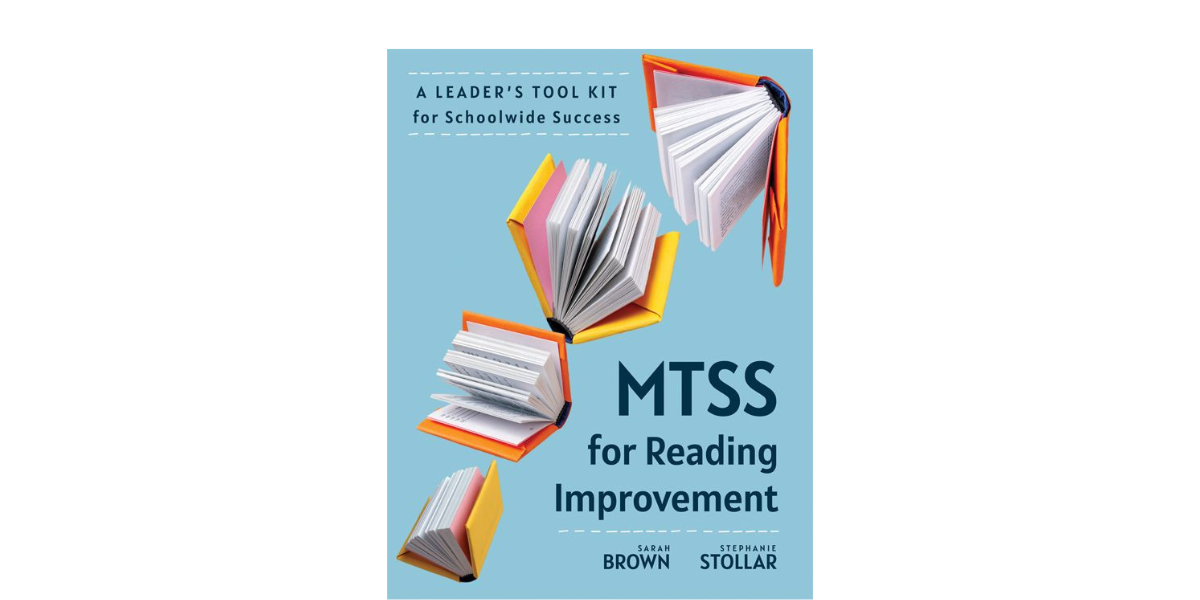Paying Attention to the Letters
Uncategorized
Oct 22, 2020

Lucy Calkins reveals what she doesn’t (yet) know about the science of reading in her recent post in a Facebook group called Units of Study in Writing TCRWP. Her comments reveal that she is the one demonstrating “misunderstandings and misconceptions”.
I’m not questioning her motives and not writing this in response to her. I am writing this for the teachers who are forced to use these materials and other balanced literacy programs. These statements reveal the misunderstandings about reading science and how her planned changes mean no real change at all.
1. Phonological awareness is only valuable as a means to phonemic awareness (blending and segmenting phonemes). It can’t be assessed briefly by asking students to read words and it won’t tell you if a student’s knowledge of phonics is growing. Phonemic awareness activities are done without print.
2. Decodable books are not a stand-alone solution. They should be used along with:
a. phonemic awareness instruction
b. explicit phonics lessons that include phoneme-grapheme mapping and spelling
c. teacher knowledge of how phonology, orthography, vocabulary, and morphology support the accurate reading that is necessary for reading comprehension.
Decodable text is used for the purpose of practicing phonics patterns that were previously taught, so students can move from reading words accurately to reading them instantly and automatically in the context of connected text.
3. When decodable books are used to support structured phonics lessons, they contain only words with patterns that have been taught. The meaning of words like “jut” and “sod” would be taught during that lesson, prior to asking the student to read the decodable book. If students are only permitted to read words they know the meaning of, they won’t be able to read very many books. In fact, once students can decode, the best way to learn the meanings of new words is through independent reading.
4. As represented in the simple view of reading, language comprehension must be taught alongside word recognition. This is true for all students, not just English learners and students with dyslexia.
5. CVC is not the only pattern students need to learn. The text used for independent practice should still be controlled to match the phonics patterns students are learning beyond CVC.
6. All beginning readers benefit from explicit instruction, not just students with dyslexia.
7. “Paying attention to the letters” always pays off as a strategy to read the words on the page. It is the only strategy we should direct students to use.
8. When students come to a word they don’t know (i.e., jacket) they should use their knowledge of decoding to divide the syllables where the vowels are located, identify the syllable type, and use that knowledge to read the closed syllable “jack” with the short a sound. Connecting the sounds in the word, the meaning of the word, and the precise sequence of letters in the word is the only way to map the word for automatic recognition by sight.
9. Errors such as reading “jacket” as “jake-it” should not be corrected by asking “does that make sense.” See #8 above. Context is an unreliable resource for accurately reading words and should not be used as a prompt or cue for inaccurate decoding.
10. Phonics is not an alternative to reading for meaning. It is the route to reading for meaning.
11. Waiting for students to “pick up” on the code means that some students won’t. Once a student is a struggling reader at the end of first grade, it is very unlikely that they will catch up without intensive instructional support. Explicit instruction in the way oral language is represented in print is essential for all students.
12. You can’t sprinkle a little phonics on a whole language approach to teaching reading and expect it to work with all students. Deep knowledge of the English language is required to effectively teach reading.
13. Emily Hanford is a journalist, not an educator or education researcher. If she can study the reading research and distill the aspects of effective reading instruction, then every teacher can do the same. Get support here
https://www.readingscienceacademy.com/rsa-opt-in










